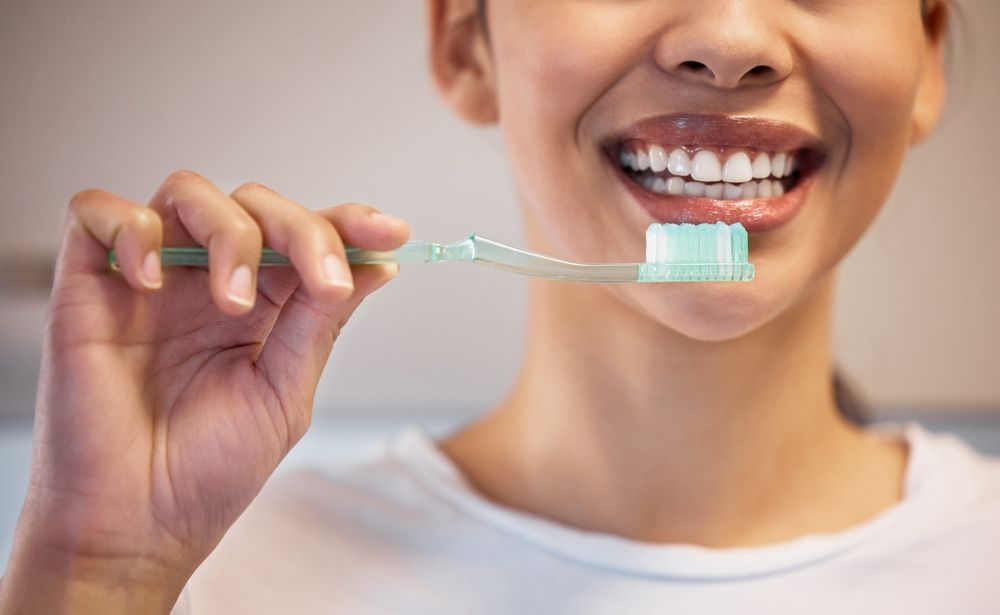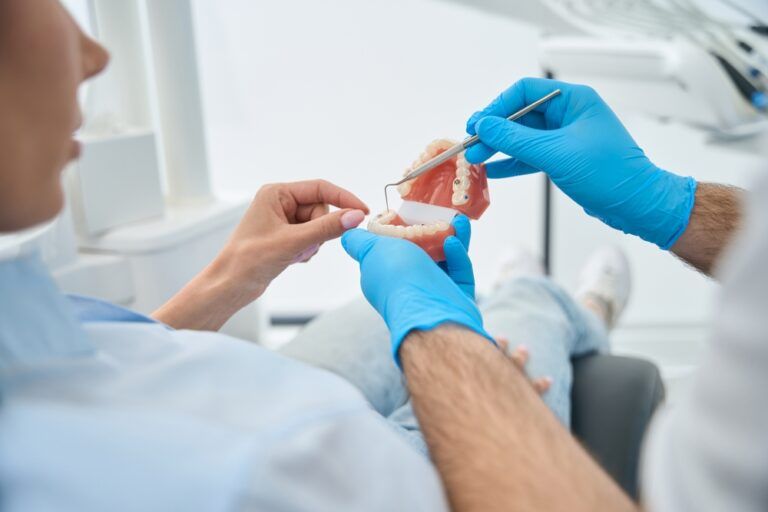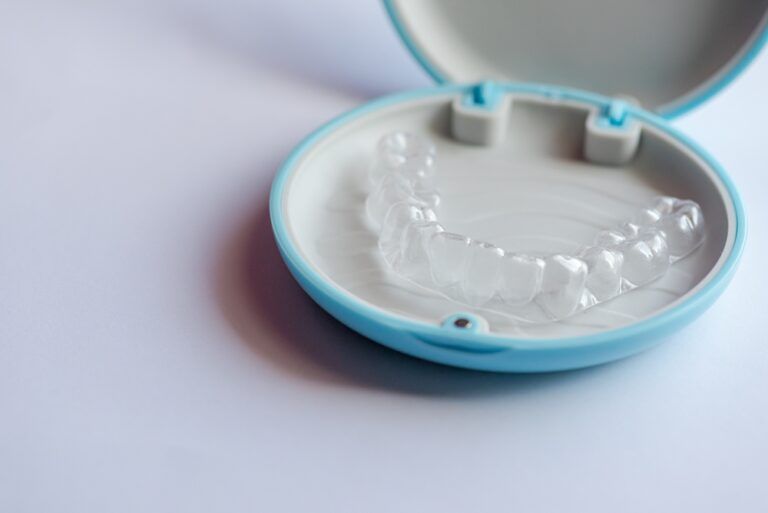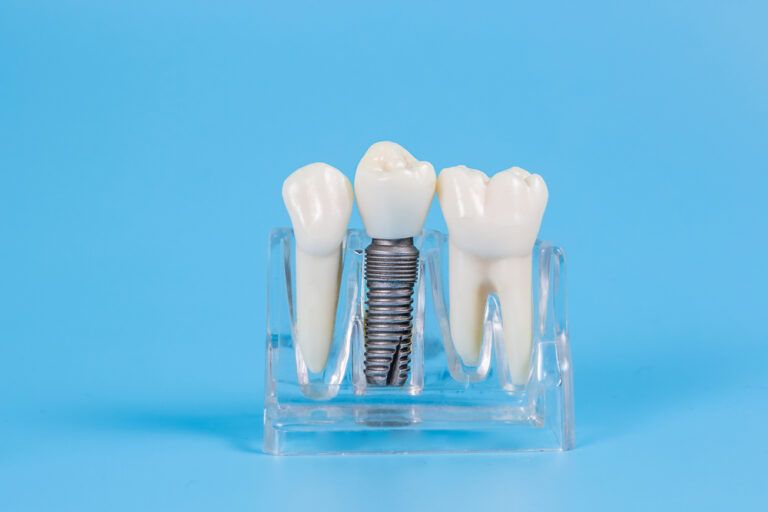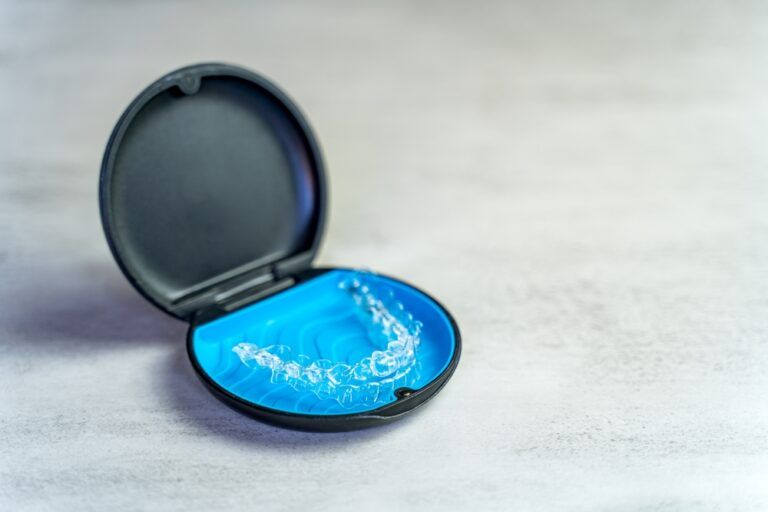A bright, white smile is often associated with confidence and good health. Over time, however, various factors like aging, food and drink habits, and lifestyle choices can cause teeth to become discolored. Teeth whitening has become one of the most popular cosmetic dental treatments available today, but how do you know if it’s the right option for you?
At Seaport Family Dental in Redwood City, CA, Dr. Steve Deng offers professional teeth whitening services that can help restore the sparkle to your smile. Before deciding to undergo this treatment, it’s important to evaluate your specific dental situation, understand the whitening process, and know the potential outcomes. Here, we’ll explore how to determine if teeth whitening is the right choice for you.
Understanding the Causes of Tooth Discoloration
To determine if teeth whitening will be effective, it’s essential to first understand why your teeth are discolored. Discoloration can happen for a variety of reasons, including:
- Extrinsic Stains: These stains affect the outer layer of the tooth (the enamel) and are typically caused by external factors like coffee, tea, wine, tobacco, and certain foods. Extrinsic stains are usually easier to remove with teeth whitening treatments.
- Intrinsic Stains: These stains occur within the inner structure of the tooth (the dentin) and are often caused by aging, medications, trauma, or excessive fluoride exposure. Intrinsic stains are more challenging to treat and may require specialized whitening approaches.
- Age-Related Stains: As we age, the enamel on our teeth naturally thins, revealing more of the yellowish dentin underneath. Teeth whitening can address both extrinsic and intrinsic stains to varying degrees, but age-related changes may require additional cosmetic procedures, depending on the severity.
Are You a Candidate for Teeth Whitening?
While teeth whitening is generally safe and effective, it’s not suitable for everyone. Certain factors will influence whether this cosmetic treatment is a good match for your needs.
Good Candidates for Teeth Whitening:
- Healthy Teeth and Gums: If you don’t have untreated cavities, gum disease, or other significant oral health issues, teeth whitening could be an appropriate option. Whitening products can irritate unhealthy teeth or gums, so it’s important to address any existing conditions before undergoing the procedure.
- Mild to Moderate Stains: Teeth whitening is most effective for individuals with mild to moderate discoloration. If your teeth are severely stained, you may require more intensive treatments or alternative cosmetic solutions like veneers.
- Non-Smokers or Those Willing to Quit: Smoking is a common cause of stubborn stains, and if you continue smoking after whitening, the results won’t last long. Quitting smoking can help you maintain a brighter smile after treatment.
Who Should Avoid Teeth Whitening:
- Pregnant or Nursing Women: Teeth whitening treatments, especially those that involve stronger bleaching agents, are not recommended for pregnant or nursing women, as the potential effects on the baby are not well-studied.
- Sensitive Teeth: If you have a history of tooth sensitivity, whitening treatments may exacerbate the condition. You can discuss alternatives with your dentist to explore less intense options or desensitizing products before whitening.
- Restorations on Front Teeth: If you have crowns, veneers, or fillings on your front teeth, whitening treatments won’t affect these restorations. This can lead to uneven coloring, so your dentist may suggest other cosmetic procedures to ensure a uniform look.
Types of Teeth Whitening Treatments
If you and your dentist determine that you’re a good candidate for teeth whitening, the next step is to decide which type of treatment is right for you. There are various methods available, each with its own benefits.
1. In-Office Professional Whitening
This is the most effective and quickest method to achieve a significantly whiter smile. At Seaport Family Dental, Dr. Steve Deng uses professional-grade bleaching agents that are stronger than over-the-counter products. These treatments often involve the use of a light or laser to enhance the whitening effect.
Advantages:
- Immediate, noticeable results after just one session
- Safe application under professional supervision
- Less risk of sensitivity due to customized treatment
2. Take-Home Whitening Kits
Take-home whitening kits provided by your dentist allow you to whiten your teeth at your own convenience. These kits include customized trays and professional-strength whitening gel, which are more effective than store-bought options.
Advantages:
- Convenience of whitening at home
- Professional-quality results
- Less expensive than in-office treatments
3. Over-the-Counter Whitening Products
There are numerous over-the-counter whitening products available, such as whitening strips, gels, and toothpastes. While these products are less effective than professional treatments, they can be a cost-effective option for individuals with mild stains.
Advantages:
- Affordable and easily accessible
- Good for maintaining whitening results after professional treatment
Potential Risks and Side Effects
Teeth whitening is generally safe when done under the guidance of a dentist, but there are some potential side effects to consider:
- Tooth Sensitivity: One of the most common side effects of teeth whitening is increased tooth sensitivity, especially to hot and cold temperatures. This typically subsides after the treatment is complete, but if you have a history of sensitivity, be sure to discuss it with your dentist beforehand.
- Gum Irritation: Whitening agents can sometimes irritate the gums, especially if they come into contact with soft tissues. Dentists use protective barriers to minimize this risk during in-office treatments.
- Uneven Results: As mentioned earlier, if you have crowns, veneers, or fillings, these materials will not whiten like your natural teeth, potentially leading to uneven results. In such cases, other cosmetic options like replacing restorations might be necessary.
How to Maintain Your Whitening Results
Once you’ve achieved your desired level of whiteness, maintaining the results is key to keeping your smile bright for the long term. Here are some best practices to follow after your treatment:
- Good Oral Hygiene: Brush twice a day with fluoride toothpaste and floss daily to remove plaque and prevent staining.
- Avoid Staining Foods and Drinks: Limit your intake of coffee, tea, red wine, and other foods and beverages known to cause stains. If you can’t avoid them, try using a straw to minimize contact with your teeth.
- Touch-Up Treatments: Depending on the method you choose, your teeth may need touch-up treatments every few months to maintain the results. Your dentist can provide take-home trays or recommend touch-up sessions in-office.
Moving Forward with Confidence
Choosing teeth whitening as a cosmetic treatment can dramatically improve the appearance of your smile, boosting your confidence and leaving a lasting impression. If you’re still unsure whether teeth whitening is right for you, Dr. Steve Deng at Seaport Family Dental in Redwood City, CA, can help guide you through the process. With professional evaluation and care, you’ll be well on your way to a brighter, healthier-looking smile.
Sources:
- Meireles, S. S., et al. (2010). Efficacy and safety of tooth bleaching. Journal of Dental Research.
- Joiner, A. (2006). The bleaching of teeth: A review of the literature. Journal of Dentistry.
- Dahl, J. E., & Pallesen, U. (2003). Tooth bleaching—A critical review of the biological aspects. Critical Reviews in Oral Biology & Medicine.

